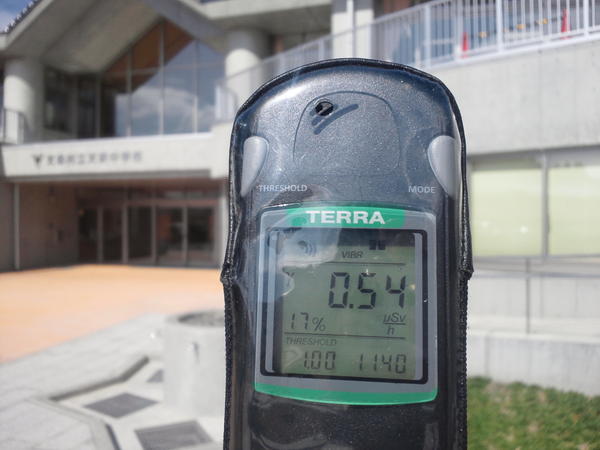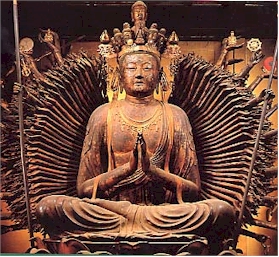Rice harvested this year in a district in Iwaki City in southern Fukushima was found with 102.8 becquerels/kg of radioactive cesium.
Not a problem.
Because under the little-noted guideline from the Ministry of Health and Welfare on March 15 this year before the provisional safety standard of 500 becquerels/kg of cesium expired, you are supposed to round down or up the 3rd digit and use only the first 2 digits. (Jiji article below says the notice was issued on July 5, but the original notice was on March 15.)
So, 102.8 becomes 100. Exactly the safety limit, and that's fine with the Fukushima prefectural government. They say it is "sufficiently safe", meaning the rice will be sold.
From Jiji Tsushin (10/18/2012):
コメ検査で基準値上限=「十分に安全」と県-福島
Rice tested at the upper safety limit, "Sufficiently safe", says Fukushima government
福島県は18日、2012年産米のモニタリング検査で、同県いわき市で生産されたコメから放射性セシウムの基準値の限度いっぱいの1キロ当たり100ベクレルが検出されたと発表した。基準値は超えておらず、県は「十分に安全」(水田畑作課)としている。
Fukushima prefectural government announced the result of monitoring tests of rice harvested in 2012, which showed 100 becquerels/kg of radioactive cesium had been detected from rice grown in Iwaki City in Fukushima. Since it didn't exceed the safety limit, the prefectural government says it is "sufficiently safe".
県によると、いわき市の旧川部村で16日に採取した玄米で、セシウム134が39.6ベクレル、セシウム137が63.2ベクレル検出された。合計すれば102.8ベクレルで基準値を上回るが、厚生労働省は「(合計値の)3桁目を四捨五入し、有効数字2桁とする」と7月5日付で通知しており、これに従うと100ベクレルちょうどになる。
According to the prefectural government, unmilled rice from former Kawabe-mura in Iwaki City harvested on October 16 was found with 39.6 becquerels/kg of cesium-134, and 63.2 becquerels/kg of cesium-137. Total would be 102.8 becquerels/kg, exceeding the safety limit. However, the Ministry of Health and Welfare had sent a notice dated July 5, 2012 which stated, "Round off the third digit to the nearest whole number and use the first two digits as significant figure." According to the notice, [Iwaki's number] is exactly 100 becquerels.
県は安全性確保のため、一定数のサンプルを採取して行うモニタリング検査に加え、全ての県産米(約1200万袋)を対象に全袋検査を実施中。これまでに、いずれの検査でも基準値を超えるセシウムは見つかっていない。
The prefectural government has been conducting the test to detect radioactive materials (cesium) on all rice (about 12 million bags [of 30 kilograms of rice]) grown in Fukushima, in addition to the monitoring test with a certain number of samples [per location]. So far, no rice has been found with radioactive cesium exceeding the safety standard in either test.
Uh... it has just been found, hasn't it? 102.8 becquerels/kg?
Japanese wiki on rounding numbers says you should be conservative in rounding the numbers when it comes to safety. In this case, if the safety standard is 100 becquerels/kg and the rice exceeded that standard by whatever small margin, it should have been treated as "exceeding the standard", instead of rounding down and declaring it is "sufficiently safe". If anything, it should be rounded up to 110 and ban the sales to be very conservative and safe.
As one of my Japanese Twitter followers suggested, that wiki entry needs a revision: "You should disregard safety when it involves the government policy, and round down the numbers to fit the safety standard to avoid baseless rumors."
By the way, Fukushima Prefecture tested one more sample from the same village in the monitoring test. That sample was found with 71.8 becquerels/kg, which the Fukushima prefectural government dutifully rounded up and printed "72 becquerels/kg".
Last year, there were 3 samples tested from this particular village in Iwaki City. They were all ND.












 Tokyo Time
Tokyo Time
![[Most Recent Quotes from www.kitco.com]](http://www.kitconet.com/charts/metals/gold/t24_au_en_usoz_2.gif)

